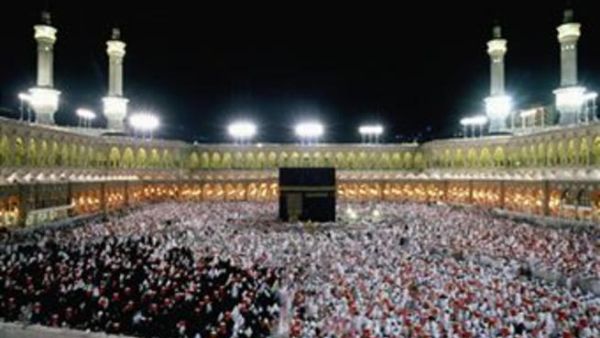They prefer this market, because of their belief that the precious metal and designer jewelry from the region is of top quality, and they would not be cheated. But such is not the case any more, with an increase of fake gold in the market.
The Ministry of Commerce too has noticed an increase of fraud cases against jewelry shops in the Kingdom. Some of the tricks that traders use are easily detected, while others are quite sophisticated and cannot be discovered quickly. Arab News spoke to a number of gold salesmen who confirmed that most customers, especially pilgrims, were unaware of gold fraud. “We receive large numbers of customers who cannot distinguish between original and fake gold. For example, they are unaware of the importance of the trademark on jewelry.
Others cannot distinguish between 18-karat and 21-karat sets,” said a salesman who works in a well-known jewelry company in the Kingdom and preferred to remain anonymous. He added, “Mixing zircon with gold is a well-known trick that all shops follow. Most customers prefer such mixed items. Five percent of zircon costs the customer about SR450. If he wants to sell the item after one day, he will not be paid the cost of zircon.” According to the salesman, the Ministry of Commerce defined a maximum of five percent zircon in each set. If the set contains a higher quantity of zircon, it is considered fraud. “This percentage cannot be measured when you are purchasing the item, and that’s why traders infuse a large quantity of zircon and customers are not aware of the quantity in a particular item,” he said. Faisal Al-Buqami, a Saudi gold salesman, confirmed that many fraud cases occurred during the Haj season when the traders could benefit from the pilgrims’ high volume of demand. “The pilgrims prefer Saudi gold as well as gold from Bahrain and Kuwait, but they cannot discover fraud. We ourselves, in some case, too are taken in,” he said.
Al-Buqami added, “There’s a seasonal spike in gold prices. Despite this, pilgrims buy jewelry and gold with no concern about the quality. They trust the gold quality in Saudi Arabia more than the quality in their countries.” Hussein Fahd Al-Aidi, a member of the customer protection committee at the Ministry of Commerce and former head of the commercial fraud committee at Jeddah Chamber of Commerce and Industry, said that gold fraud was increasing in the Saudi market largely due to the absence of inspection tours by the ministry. “The Ministry of Commerce doesn’t arrange spot inspections, unless it receives calls from traders or customers. When someone reports fraud, they immediately investigate the shop owner and the source of his products,” he said.
Al-Aidi added, “Many fraud cases are not detected. Fraud cases are widespread in small shops and the local gold market. Unfortunately, most pilgrims prefer to buy gold from these small shops,” he said. Al-Aidi claimed that fraud cases in the Saudi gold market reached 35 percent during normal days, but rose up to 50 percent during Haj. Most fraud cases appear in Saudi, Indian and Bahraini gold sets, which pilgrims like most, he said, adding many gold traders try to make a quick buck during the season by fraudulent means. “Haj is the season most gold traders wait for to make profits. Due to the high cost of gold and the weak purchasing power of Saudi citizens, traders try to attract pilgrims and some may cheat them,” said Al-Aidi. The Saudi gold market consists of about 6,000 shops, and 250 manufacturing workshops that include 30 factories, in addition to 700 repair workshops.








